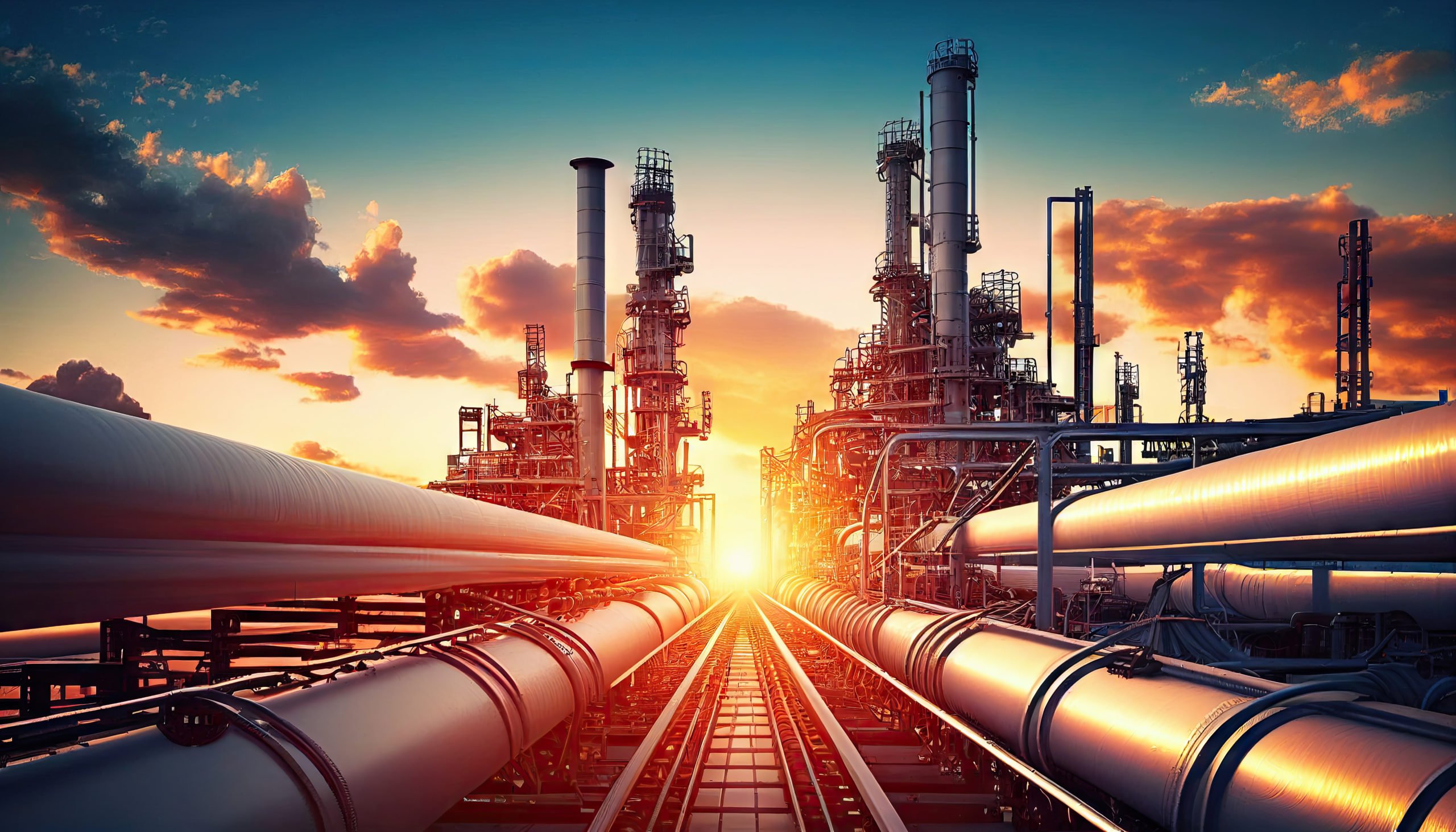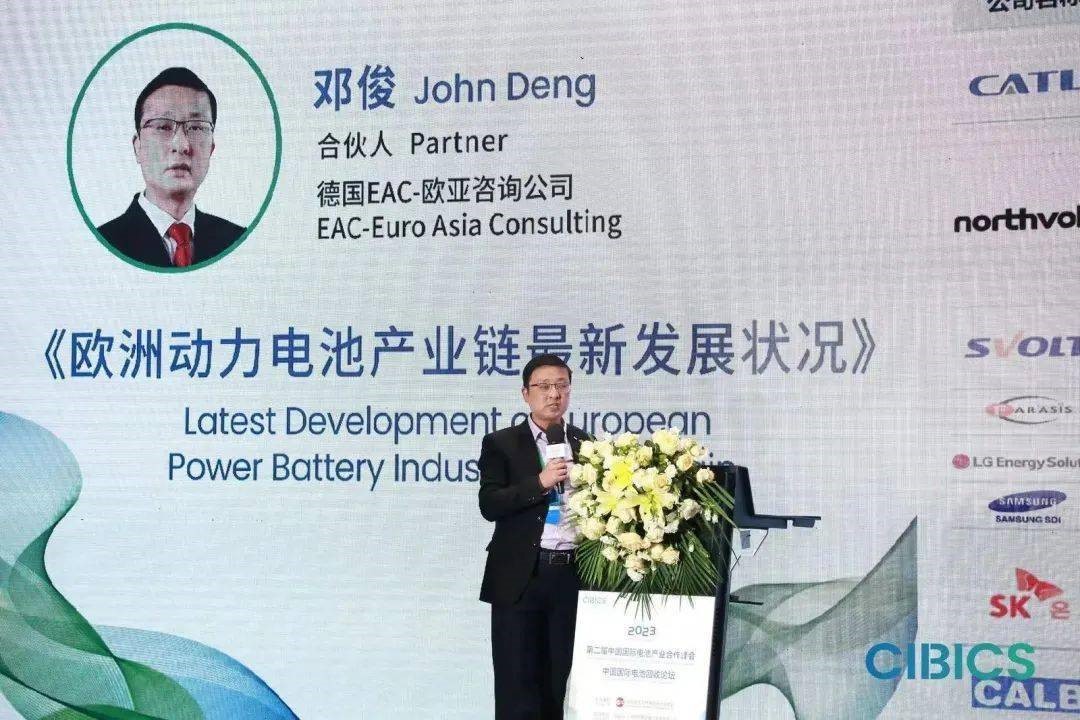Energy Supply Threat and Solution in CEE and Baltics

In 2019-2021 share of Russian gas in EU gas structure varied from 39% to 53%. Few countries, mainly in CEE (e.g. Bosnia, North Macedonia), had 100% dependency from Russia gas. Russian invasion to Ukraine caused discrepancy in energy supply chains and costs increase. European countries were therefore forced to find new partners, reduce consumption before winter and escape rising prices. Liquefied Natural Gas (LNG) became the priority option for majority of countries:
- Spain has 6 terminals in operation with total annual capacity of 60 bln cub m.
- One terminal in Portugal has only 7,6 bln cub m.
- France operates 3 terminals with 31,5 bln cub m capacity and plans commissioning of new one in Le Havre by end of 2023.
- Italy has 4 terminals wit 16,6 bln cub m and plans commissioning of 2 more by 2023 with joint capacity of 13 bln cub m.
- Among Baltic countries only Lithuania had LNG terminal, while now Estonia and Latvia plan rapid development of LNG terminals.
- Till end of 2022 Germany was single country in Western Europe with access to sea and absence of terminals, when Wihelmshaven terminal with 5 bln cub m capacity was launched. Two more with joint capacity of 20 bln cub m are planned in 2026.
Booming development of terminals and growing demand for LNG made prices on European biggest market place for commodities (Dutch TTF) extremely volatile, peaking at 339 EUR/ MWh in August 2022. After gradual stabilization on energy markets and set up of new supply contracts prices started to degrease steadily to 65 EUR/MWH by Q1 2023.
Starting from February 2022, EU countries gradually decreased dependency on Russian fossils, resulting in 11% cumulated share. Rest of import is LNG supply, mainly from US, Qatar, Nigeria, Norway and Algeria. As a long-term solution, Western European economies are pushing development of renewable energy solutions and enlarge investments:
- European Commission proposed that 45% of the EU’s energy mix should come from renewables by 2030, an advance on the current 40% target suggested less than a year ago.
- Officials also want to cut energy consumption by 13% by 2030 (compared with 2020), in comparison with the current proposal of a 9% saving
- Extra 210 bln EUR will be needed over next five years to pay for phasing out of Russian fossil fuels.
- Countries speed up construction and commissioning of LNG terminals.
As part of footprint analysis, labor and logistics costs were key driving factors. Apart from industries, consuming 23% of total gas consumption in EU, households are largest recipients with 24% share. As a short-term measure, energy bills were partially compensated by Government. As a long-term solution, European Commission is under discussion to make solar photo voltaic (PV) installation mandatory for all new public & commercial buildings of >250 sqm by 2026 with further extension to all new residential buildings by 2029.
Energy supply problems and rising costs caused great turbulence in European economies. However, they also drove the development of renewable energy, the search for alternative sources of supply and the achievement of energy independence.
Would you like to learn more about the threats and possible solutions for energy supply in CEE and the Baltic States? Then contact our expert & partner Anna Ahlborn.





